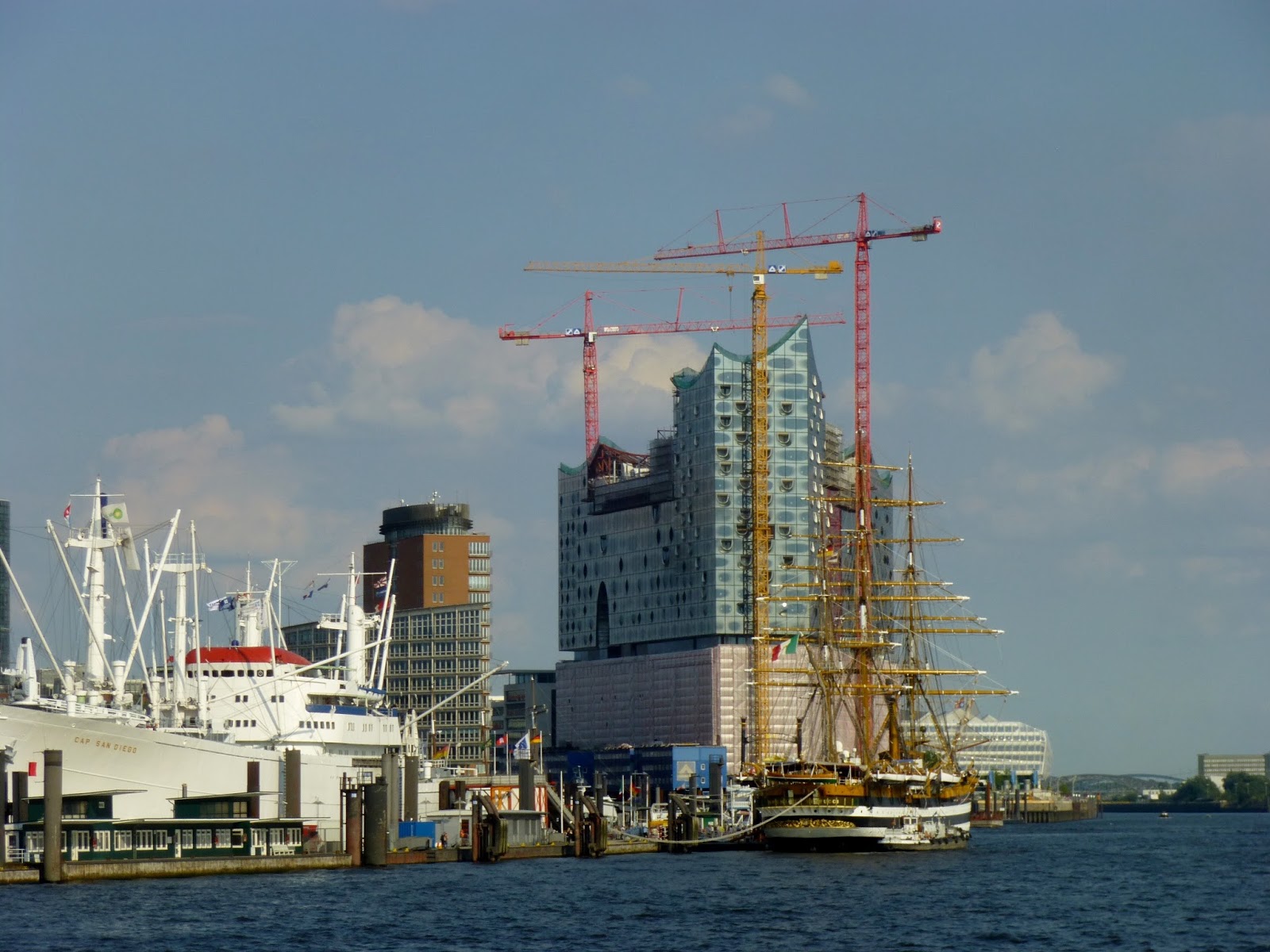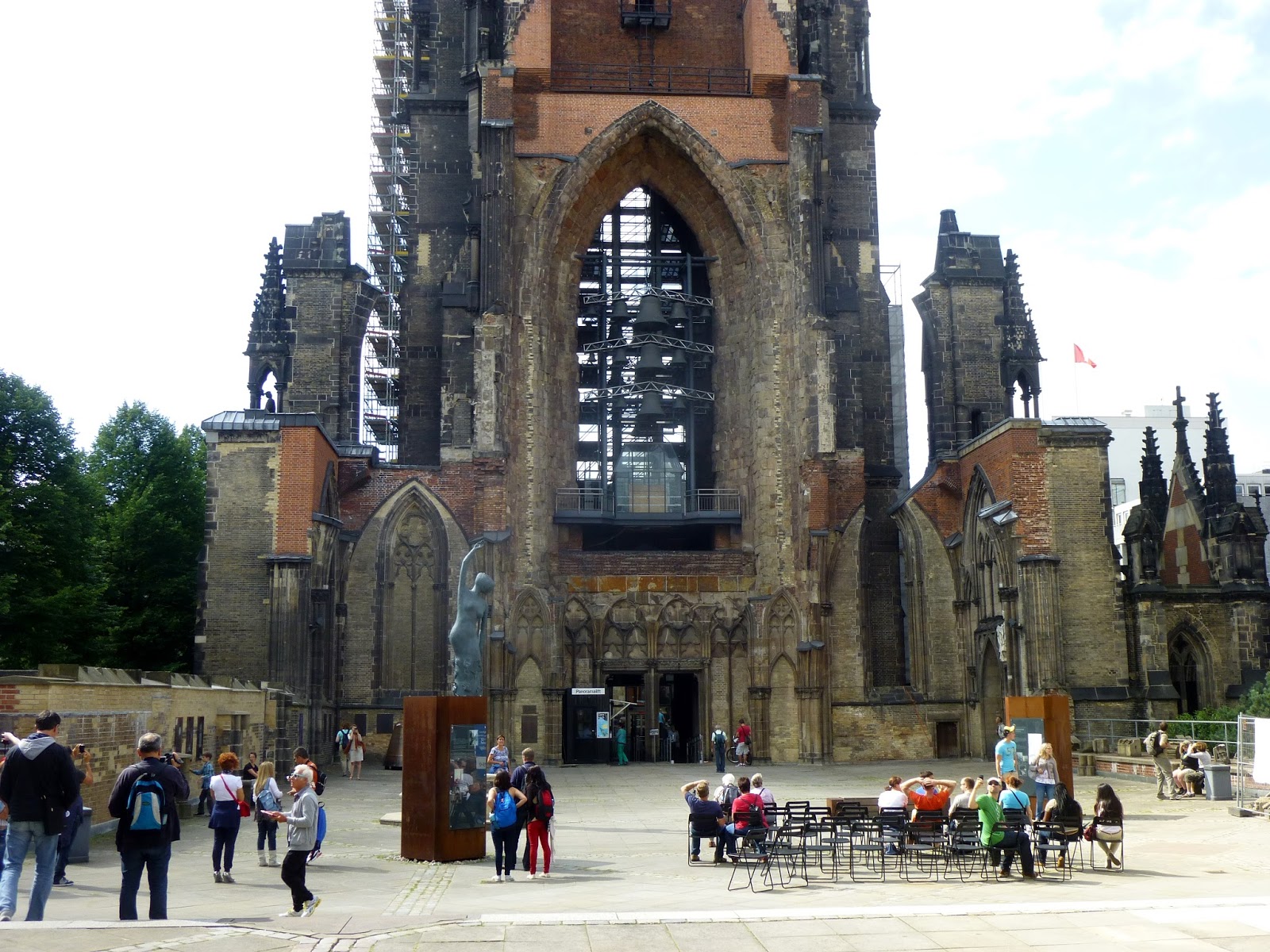It's about ten degrees (Celsius) colder here than on the continent. It tends to be rainy, and windy. There are very few trees. The hot water smells faintly of sulfur. So what's to love about Iceland?
 For starters, people like Bryndis and her family. They are friendly, full of fun, and have delighted in showing us the wonders of their island.
For starters, people like Bryndis and her family. They are friendly, full of fun, and have delighted in showing us the wonders of their island.This is a wonderful place, particularly if you know some geology. Iceland has a case of geologic double jeopardy: it straddles the Mid-Atlantic ridge (where the North-American and European plates are separating), and it also sits on top of a massive "hot spot", probably the result of a plume of magma welling up from the mantle.

 Bryndis' mother works at the center which manages Iceland's electric grid; she arranged a tour for us. Iceland uses lots of geothermal as well as hydro power. We followed up with a visit to a geothermal power station. Hot water for home use is piped to Reykjavik, where it's also piped under the streets to keep them clear of ice and snow. In some places it's also used as a cooking bath!
Bryndis' mother works at the center which manages Iceland's electric grid; she arranged a tour for us. Iceland uses lots of geothermal as well as hydro power. We followed up with a visit to a geothermal power station. Hot water for home use is piped to Reykjavik, where it's also piped under the streets to keep them clear of ice and snow. In some places it's also used as a cooking bath! Evidence of vulcanism is easy to spot on the Reykjanes peninsula: many hot springs, and lots of columnar basalt.
Evidence of vulcanism is easy to spot on the Reykjanes peninsula: many hot springs, and lots of columnar basalt.
 At the "Bridge Between the Continents" you can see the chasm formed by the pulling apart of the North American and European plates, plus black, volcanic sand.
At the "Bridge Between the Continents" you can see the chasm formed by the pulling apart of the North American and European plates, plus black, volcanic sand. |
| Seljalandsfoss |
 At Jökulsárlón, meltwater from the Vatnajökull glacier enters a lagoon, and finally the Atlantic. Birds and seals were easy to spot.
At Jökulsárlón, meltwater from the Vatnajökull glacier enters a lagoon, and finally the Atlantic. Birds and seals were easy to spot.  The "Golden Circle Tour" has more spectacular hot springs, rifting
The "Golden Circle Tour" has more spectacular hot springs, rifting and waterfalls... plus history, and geysers.
 Þingvellir is another rift chasm. But more importantly, it's the site of the assembly (Alþing) which regularly met there between 930 and 1798. Nobody is quite sure exactly where it met (under the open sky), but the likely site of the Law Rock (Lögberg) is honored with a flag. It was here that Iceland proclaimed its independence from Denmark in 1944.
Þingvellir is another rift chasm. But more importantly, it's the site of the assembly (Alþing) which regularly met there between 930 and 1798. Nobody is quite sure exactly where it met (under the open sky), but the likely site of the Law Rock (Lögberg) is honored with a flag. It was here that Iceland proclaimed its independence from Denmark in 1944. "Geyser" is the only word to come to English from Icelandic. But "Geysir" is just one of Iceland's geysers. It's now active only after earthquakes, but the nearby Strokkur erupts every few minutes.
"Geyser" is the only word to come to English from Icelandic. But "Geysir" is just one of Iceland's geysers. It's now active only after earthquakes, but the nearby Strokkur erupts every few minutes.I don't think I've seen a more dramatic waterfall than Gullfoss, which spills into a rift chasm.


 The Blue Lagoon hot spring is an opportunity to enjoy geothermal activity on a personal level. The silica mud makes a great exfoliant!
The Blue Lagoon hot spring is an opportunity to enjoy geothermal activity on a personal level. The silica mud makes a great exfoliant!Our final trip was to Vestmannaeyjar archipelago off the south coast of Iceland. The sea was choppy on the ferry trip over (but it was so high the day before that the ferry didn't run!).
 Not surprisingly, the archipelago's entirely volcanic. An eruption in 1973 on the main island of Heimaey wiped out a third of the town (pumping seawater on the lava saved the rest of the town, and the harbor). And the island of Surtsey was born in a 1963 eruption.
Not surprisingly, the archipelago's entirely volcanic. An eruption in 1973 on the main island of Heimaey wiped out a third of the town (pumping seawater on the lava saved the rest of the town, and the harbor). And the island of Surtsey was born in a 1963 eruption. 

The puffins that nest on the sheer cliffs are a big advertising theme.
We took a boat tour to spot birds on some of the nearby smaller islands.


We were able to drive closer to the crater, and see the lava fields.
 We ended the day with dinner at a nice local restaurant. A lovely finish to a lovely trip.
We ended the day with dinner at a nice local restaurant. A lovely finish to a lovely trip.









































